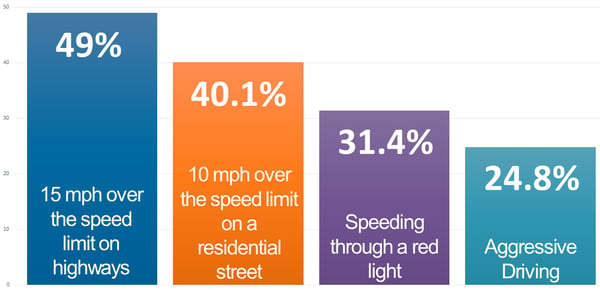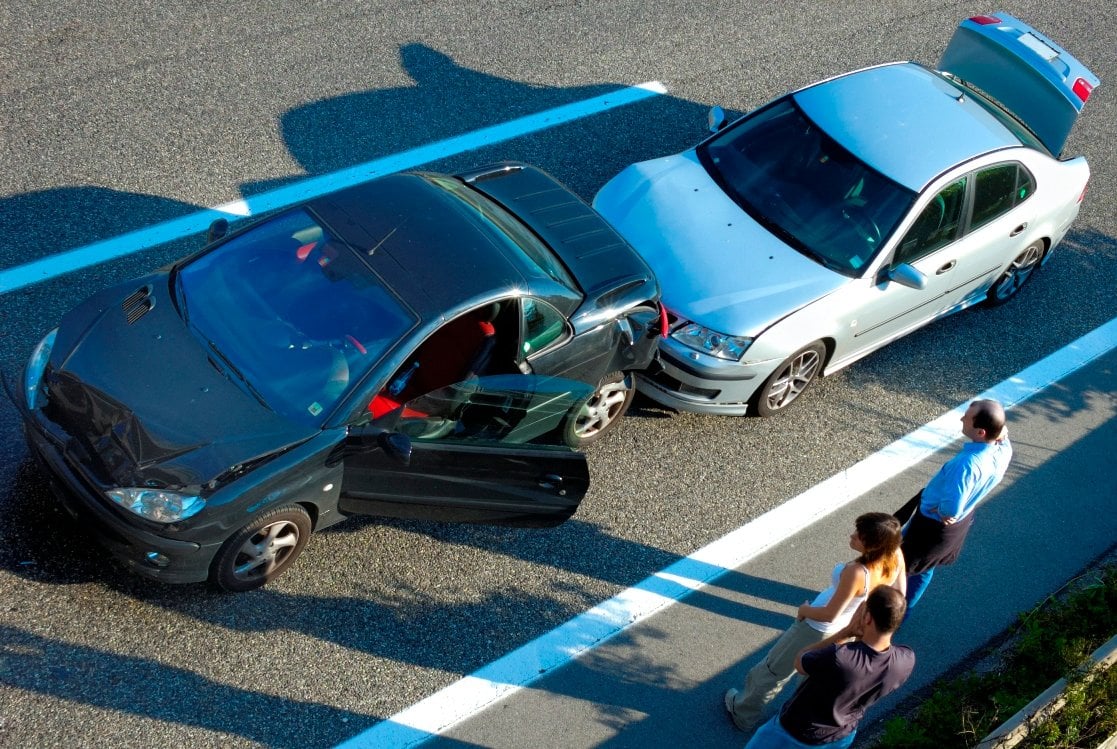Speeding continues to be a serious problem. It is a contributing factor in approximately one third of all fatal collisions. While speeding kills thousands on the highway, side roads have a fatality rate due to speeding almost three times that of interstates.
Speed influences crashes in four ways:
- Reaction distance to respond when an emergency is detected is increased
- Stopping distance goes up exponentially with higher speeds
- Crash severity increases
- Safety equipment is less able to protect drivers
Speed limits are highly considered, measured and designed to compel vehicles to travel at a similar, safe speed. When traffic moves at a consistent speed, drivers can observe and react to emergencies with greater success. If vehicles travel at widely different speeds, drivers are less able to evaluate and safely respond to any developing situations.
To determine a speed limit for an area, local authorities consider the terrain and conditions that exist on each road. The limits set represent the speed at which an average car can traverse the road safely. As a result, the speed limit will vary for each type of roadway. The importance of observing the posted speed limit is greater than any individual driver’s ability or skill level.
DrivActiv eLearning™ Libraries include a full-length lesson on Managing Time and Speed, includes Knowledge Checks and an Exam. Learn More.
At moderate speeds, small increments in speed have a disproportionate impact on crash severity and probability of death. For example, an increase in speed from 30 to 35 miles per hour makes a frontal crash almost one third more violent. As speeds increase, driver control decreases and safety equipment including passenger restraint systems, guardrails and barriers are less effective in protecting drivers. Each vehicle and driver have limitations impacted by road surface, weather and individual tire condition. There is a fine line between maintaining and losing control.
Consider driving on an interstate highway, five miles per hour over the posted speed limit. The road is straight, smooth and unobstructed. Your vehicle may feel under control yet become uncontrollable when reacting to another vehicle or unexpected need to turn quickly, avoiding an object in the road, or responding to changes in road surface. A driver encountering any type of emergency situation can easily lose control of his or her vehicle, involving others in a potentially dangerous collision. Imagine the increase of impact or worse scenarios that can occur if you’re speeding.
Why do people speed?
According to the AAA Foundation for Traffic Safety 2018 Traffic Safety Culture Index, drivers reported speeding on a freeway or residential street as dangerous--yet, as you can see from the graph below, most are participating in this risky behavior.

*Base: US residents ages 16+ with a driver's license who reported driving in past 30 days, weighted to reflect US population
It’s most often the result of poor time management behaviors. Drivers may feel the need to speed to compensate for having insufficient time to reach their destination or if they’re running late—there are many contributing factors to this scenario.
Many people assume that driving faster will get them to their destination much sooner. In fact, the time saved is minimal. On a 20-mile trip, driving 15 miles per hour over the speed limit will only save four minutes in travel time. However, speeding by 15 miles per hour introduces significant danger to everyone on the road—for a gain of fewer than five minutes. If those few minutes will make or break a schedule, the problem is likely in the planning process, not driving style. Also, driver impatience and shortage of time can lead to irresponsible behavior, such as distracted or aggressive driving, which only compounds the danger and heightens the consequences.
To help assure a safe and stress-free driving experience:
- Plan ahead to allow sufficient travel time
- Drive at the posted speed limit
- Avoid distractions and aggressive driving
Safety is always the driver’s first and most urgent responsibility that they need to keep in mind every time they enter their vehicle. By choosing to operate a motor vehicle, you accept responsibility for the safety and welfare of yourself, your passengers, and everyone on the road that your decisions impact. Proper time management is only part of having good safe driving habits. If you realistically consider your schedule, you will be able to handle the unexpected events on the road.






